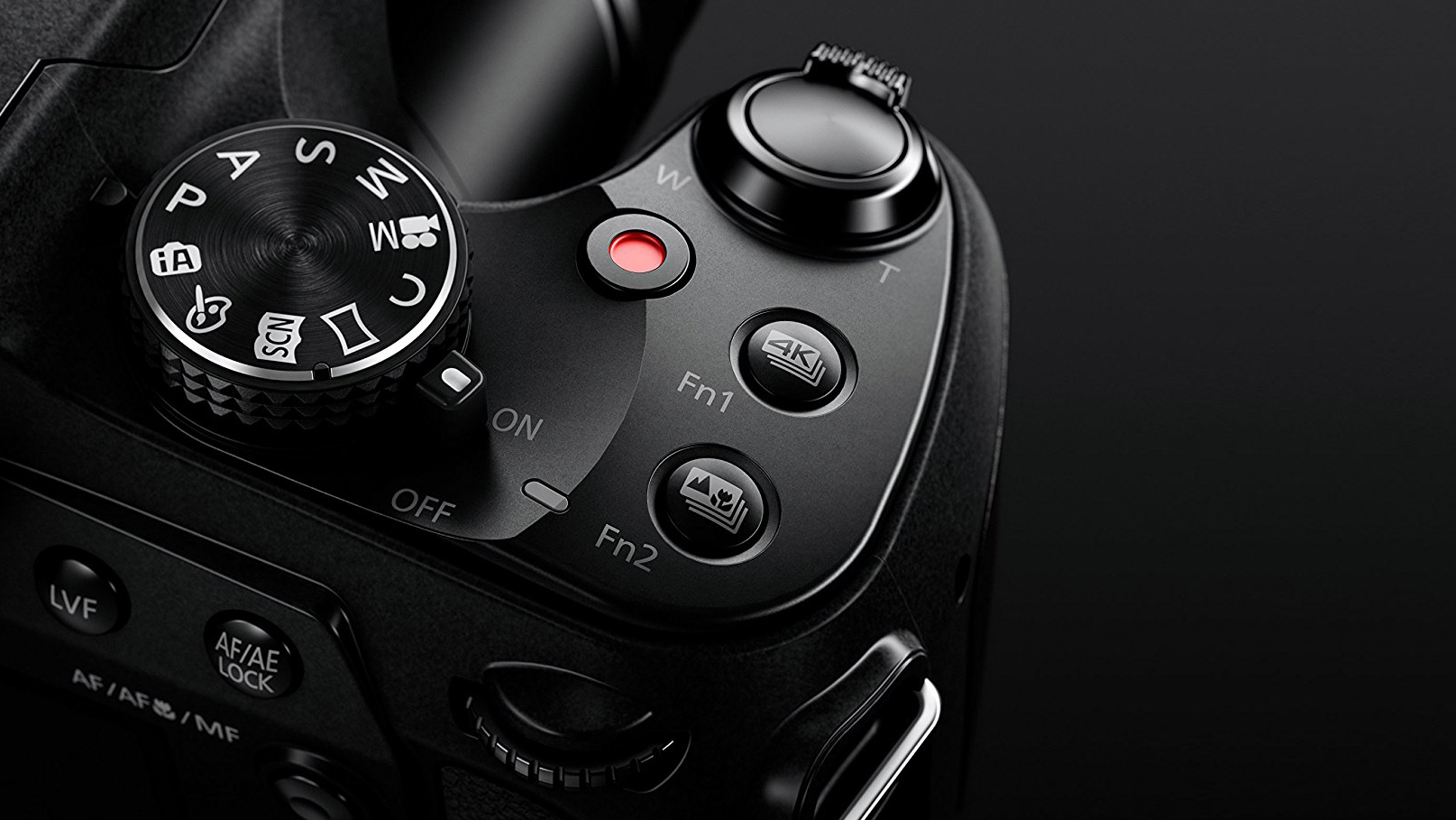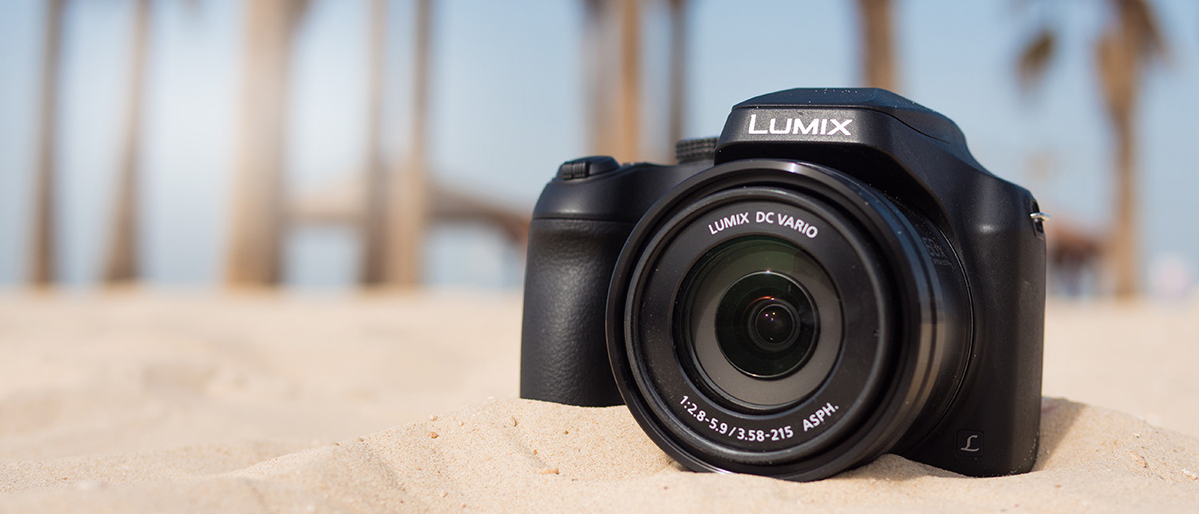TechRadar Verdict
The Panasonic Lumix FZ80 / FZ82 is an attractive all-in-one camera combining versatility, ease of use and advanced functionality to help take photographers far beyond the capabilities of their smartphone or compact camera.
Pros
- +
Easy to use
- +
Powerful optical zoom
- +
Touchscreen LCD
- +
Effective image stabilization
Cons
- -
EVF magnification poor
- -
No eye sensor for EVF
- -
Weak high-ISO performance
Why you can trust TechRadar
With DSLRs and mirrorless cameras seemingly dominating the camera market you could be forgiven for wondering where, exactly, a bridge camera sits within this competitive arena. But they do offer something unique.
Bridge cameras stand apart from other formats because they provide a powerful zoom lens capable of shooting wide-angle and extreme telephoto. And since the lens isn’t removable there’s no need to carry additional lenses and risk sensor dust while changing them.
The Panasonic Lumix FZ80 (known as the FZ82 outside the US) follows a succession of attractive and feature-packed bridge cameras from Panasonic; it's a small and lightweight all-in-one camera capable of shooting practically any subject you point it at - and at its current price point, it's also one of the best cheap cameras available to buy.
Key features
- 1/2.3-inch High Sensitivity MOS sensor, 18.1MP
- 20-1200mm f/2.8-5.9 zoom lens
- 3.0-inch touchscreen, 1,040,000 dots
The FZ80 / FZ82 manages to cram in a 60x optical zoom, which provides a very broad focal range of 20-1200mm, so perfect for squeezing loads into the frame or zooming into your subject.
Unlike some of the much higher-priced bridge cameras we've seen recently, like the FZ2000 / FZ2500, which sports a large 1-inch sensor, the FZ80 / FZ82 employs a 18.1MP 1/2.3-inch chip, which in real terms is the same size as that found in many entry-level compact cameras.

The difference between this and a compact, however, is the enormous zoom range and DSLR style controls that are on offer, not to mention the 4K video and stills functionality, which we’ll get to later. With the smaller physical sensor size in mind the resolution has sensibly been kept below 20MP, which will help to reduce noise levels when shooting at higher ISO settings.
The ISO range itself has been kept within a narrow but usable range, running from ISO80-3200, so in low-light conditions you'll almost certainly need to use the built-in optical image stabilization, or, for longer exposures/slower shutter speeds, mount the camera on a tripod.
Start-up time is slow compared to some cameras, with a lag of around one second when switching the camera on and off. It’s not the end of the world, but when many cameras offer fraction-of-a-second start-up times it would certainly be welcomed here.
However, what the FZ80 / FZ82 lacks in speed when you turn it on, it more than makes up for with a number of functions designed to help you capture split-second action.

4K Photo is an innovative feature found on higher-spec Panasonic cameras, so to see it on an entry-level model such as this is fantastic. This feature allows you to capture a burst of 30 frames per second at 4K resolution, which is 3840 x 2160 pixels, from which you can extract an 8MP image.
This is large enough to print up to just under A4 size, so perfect for snapshots. When reviewing images on the FZ80 / FZ82 you can select a single frame from the burst by scrolling through and selecting the best option, which will then be saved as a JPEG.
There are three settings available. 4K Burst is best for fast-moving subjects; here you press and hold the shutter button to capture a sequence of images. There is a 0.5-second delay after pressing the shutter button, so it pays to anticipate the subject and release the shutter early.
4K Photo is an innovative feature found on higher-spec Panasonic cameras, so to see it on an entry-level model such as this is fantastic
For more unpredictable subjects, 4K Burst (S/S) is best. This requires you to press the shutter button to begin capturing a burst, before pressing it a second time to stop. In this mode you can place markers within the burst to help you quickly find the best frame(s) later.
The final option is 4K Pre-Burst, which is more of an all-rounder. With the camera aimed at the subject it will capture roughly one second before and one second after the shutter has been released, giving you the best chance of capturing the perfect image.
These modes are a great feature, and they can be used to capture a range of fast-moving and unpredictable subjects, although they will of course eat up space on your memory card. If you think this is a feature you’re likely to use often then invest in high-capacity and high-speed SD cards to ensure that your storage is up to the job – you'll also need these if you're shooting 4K video.
If you want to shoot high-resolution video you’ll be pleased to hear that the FZ80 / FZ82 offers 4K recording at up to 30p, Full HD at up to 60p, HD at up to 100p and VGA at up to 200p. While the latter option is extremely low-quality, shooting slow motion can be a lot of fun. Sound can be recorded in both stereo and mono using the built-in microphone, but there's no socket for an external mic.
Another innovative 4K feature of the FZ80 / FZ82 is Post Focus mode. In this mode you take a shot, and you can then touch the screen to select the point of focus. It’s a handy feature, although with such a small sensor depth-of-field is generally quite large, so it's more appropriate for shooting close-ups or macro that for general subjects.
James Abbott is a professional photographer and freelance photography journalist. He contributes articles about photography, cameras and drones to a wide range of magazines and websites where he applies a wealth of experience to testing the latest photographic tech. James is also the author of ‘The Digital Darkroom: The Definitive Guide to Photo Editing’.

